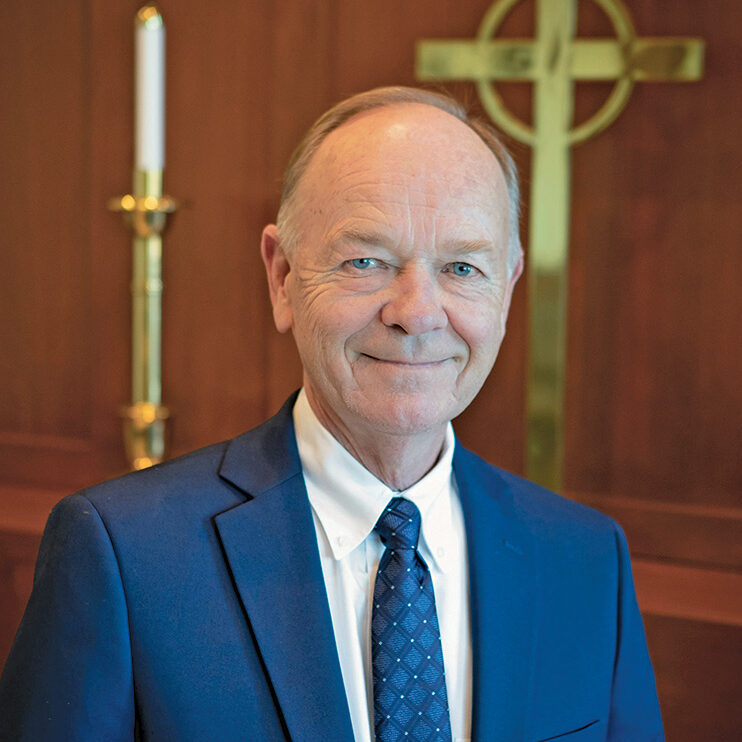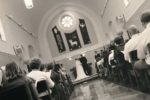 |
Sometimes a tragic event can result in great blessings. That was the experience of the Lutheran Church–Missouri Synod (LCMS). This year marks the 50th anniversary of “Seminex,” an event that caused a serious fracture in the LCMS and threatened to bring about the end of the synod as a confessional Lutheran church body. At the same time, this event proved to be an amazing blessing, enabling the LCMS to recommit itself to the truth of the Scriptures.
From its founding, the LCMS has confessed its belief that the Bible is the verbally inspired and inerrant Word of God. But in the decades before Seminex, many LCMS theologians and pastors began to teach something different. They began to take the position that the Bible was not fully inerrant. They abandoned the belief in a six-day creation, doubted the accounts of miracles, and questioned whether the gospels were a true account of Jesus’ words and actions. They asserted that the only important truth in the Bible was the gospel; other teachings and historical accounts were expendable. A large majority of the professors at Concordia Seminary in St. Louis not only adopted these beliefs but also openly taught them to future pastors. The LCMS president at the time, as well as Concordia’s Board of Control and president, supported this new direction.
Others in the synod became concerned about these new teachings. As a result, in 1969, theologically conservative J. A. O. Preus was elected as the new synod president. Within a year, Preus established a committee to examine the seminary faculty’s teachings. Based on the committee’s findings, the seminary Board of Control was directed to take action to correct the false doctrine being taught. But the board refused. Later that year, the 1973 LCMS synod convention condemned the seminary’s faculty for its false teachings. A new, more conservative Board of Control was elected, and the board quickly suspended the seminary president.
When that suspension became final in 1974, a large majority of the seminary students voted to receive their instruction at another location from the professors who had been teaching false doctrine. Those students, along with 40 professors, walked off the campus and formed Concordia Seminary in Exile—“Seminex.” Only a small minority of students and four professors remained. Within three years, the Seminex professors and students and nearly 100,000 LCMS members would form a new synod called the Association of Evangelical Lutheran Churches (AELC), which would later join with two other synods to form the Evangelical Lutheran Church in America (ELCA).
From this tragic story came true blessings. For the first time in US religious history, a Lutheran church body that had begun to depart from the teachings of Scripture returned to a conservative, confessional stance. The Seminex professors were replaced with men who were orthodox in their teaching. The LCMS recommitted itself to the doctrines of verbal inspiration and inerrancy. It publicly reaffirmed its teachings that the Bible is true and factual in all it says. It once again stood on God’s Word.
Even though there are still doctrinal differences between the LCMS and WELS, we can be thankful that God used the tragedy of Seminex to be the catalyst that restored the LCMS to its historical teaching about the Scriptures. If ever by God’s grace there is to be a restoration of fellowship between WELS and the LCMS, it cannot happen unless both synods remain committed to the truth of the Scriptures and stand with Martin Luther on God’s Word alone.
Author: Mark Schroeder
Volume 111, Number 03
Issue: March 2024
- The mission of WELS schools
- Blessings in tragedy
- Confusion or comfort?
- Never take it for granted
- A season of miracles
- Don’t miss the point
- Another humbling experience
- Our cross and crown
- The public ministry and the divine call
- No fear of bad news
- Big challenge, bigger blessings
- Our worldwide fellowship
- Seize the opportunities
- The Lord takes care of his church
- Savor the rain
- Up close and personal
- It’s never too early
- Thanks for not giving
- Hope for the future
- Our task is not over
- Update on WELS’ effort in Vietnam
- More workers for a bountiful harvest
- 150 years of fellowship
- A unique system of schools
- God’s cure—for everything
- Lenten repentance, Lenten appreciation
- Pray for us
- Plan with wisdom and faith
- Purposeful discussions
- Upholding biblical values
- President’s message: To judge or not to judge
- President’s message: A field ripe for harvest
- President’s message: Thoughts about the new hymnal
- President’s message: Cooperating in externals
- President’s message: Canceling the cancel culture
- President’s message: Making normal a reality
- President’s message: The fields are ripe for harvest
- President’s message: The end of the story
- President’s message: Blessings small and large
- President’s message: Standing on the truth
- President’s message: Peace on earth—but what kind?
- President’s message: Thankful—even now?
- President’s message: More than dollars and numbers
- President’s message: A time for trust
- President’s message: Future unknown, future certain
- President’s message: God’s work does not stop
- President’s message: A lesson to be learned
- President’s message: Having the right tools
- President’s message: What kind of leaders?
- President’s message: What’s love got to do with it?







